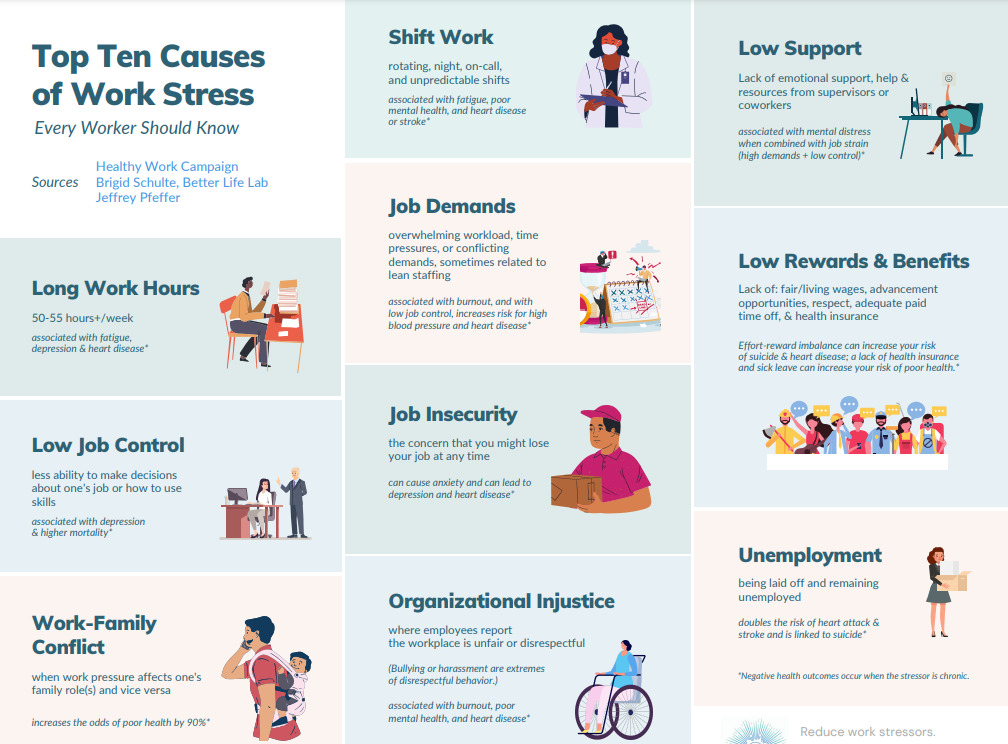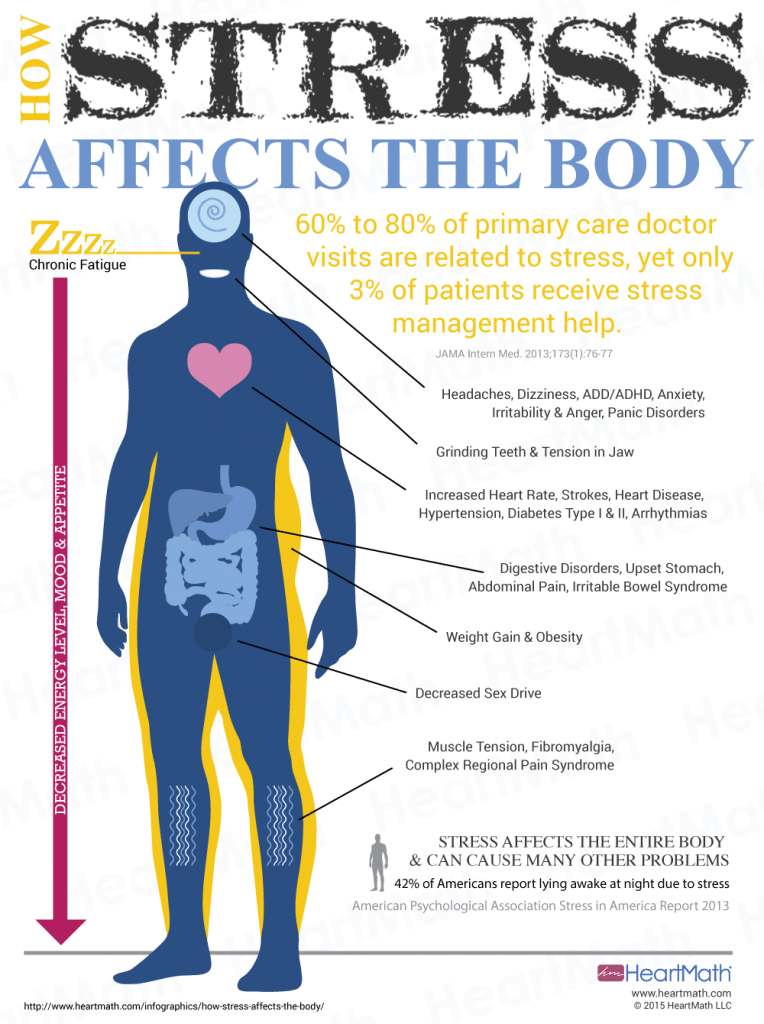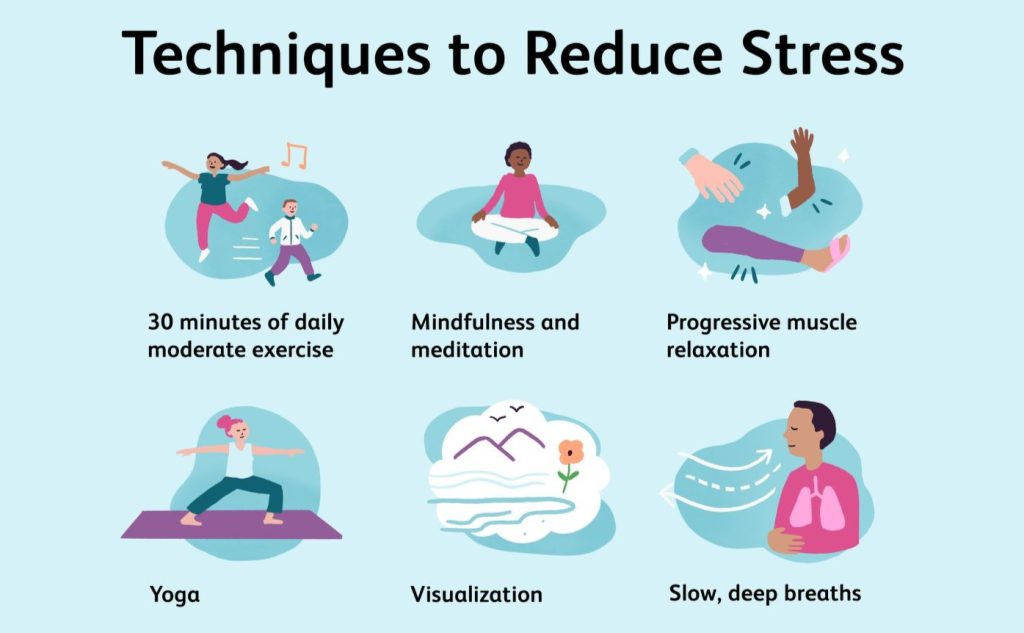Stress is an unavoidable part of modern life, affecting millions of people worldwide. The demands of work, personal life, family, and health often create overwhelming levels of tension that can negatively impact mental, emotional, and physical well-being. While traditional methods of stress management such as meditation, yoga, and therapy are commonly used, there is a rising interest in Electro Muscle Stimulation (EMS) as a potent tool for relieving stress while simultaneously offering fitness benefits.
EMS works by sending electrical impulses to the muscles, causing them to contract and stimulate circulation. While it is widely known for its ability to improve physical strength, EMS can also be a powerful tool for mental relaxation and stress reduction. This article explores how EMS can be used to combat stress, combining the benefits of fitness with relaxation techniques, and how this innovative therapy can help individuals lead healthier, more balanced lives.

Understanding the Link Between Stress and the Body
Before diving into how EMS can help with stress relief, it's essential to understand the physiological impact of stress on the body. Stress triggers the release of stress hormones such as cortisol, which can result in muscle tension, headaches, digestive issues, and fatigue. Over time, chronic stress can cause wear and tear on the body, leading to more severe health problems like hypertension, anxiety disorders, and even heart disease.
The physical symptoms of stress, particularly muscle tension, are often the first to manifest. People experiencing stress may notice tightness in their shoulders, neck, back, or jaw. This physical response is known as muscle guarding, where the muscles involuntarily contract to protect the body from what it perceives as a threat. Unfortunately, this state of constant tension can exacerbate stress and lead to a cycle of discomfort and anxiety.

How EMS Helps Relieve Stress and Tension
One of the most compelling ways EMS can alleviate stress is by addressing muscle tension. By sending low-frequency electrical impulses to muscles, EMS triggers a contraction and relaxation cycle that mimics the effects of exercise. This process helps to relieve tight muscles, improve blood circulation, and promote relaxation throughout the body. Let's look at the specific benefits of EMS for stress relief.
1. Muscle Relaxation and Pain Relief
One of the most immediate benefits of EMS is its ability to relax tight muscles. As the electrical impulses activate muscle fibers, they cause the muscles to contract and then release. This contraction and relaxation cycle can reduce muscle stiffness, alleviate tension, and improve overall muscle function. This is especially beneficial for people who experience neck, shoulder, or back pain due to stress. EMS can help break the cycle of tension, leading to a more relaxed state.
In addition to improving muscle function, EMS also promotes blood circulation. Increased blood flow helps to flush out toxins and deliver oxygen and nutrients to muscles, accelerating the healing process. For individuals suffering from chronic muscle pain or tension, regular EMS sessions can significantly reduce discomfort and improve flexibility.
2. Reduction of Cortisol Levels
Studies have shown that regular exercise, particularly moderate intensity exercise, can lower cortisol levels in the body. Since EMS induces muscle contractions in a manner similar to physical exercise, it may also help regulate cortisol levels. Lower cortisol levels are linked to a reduction in overall stress and anxiety, contributing to a calmer and more balanced mood.
While more research is needed to fully understand the relationship between EMS and cortisol reduction, the preliminary evidence suggests that EMS can be a valuable addition to any stress management routine.
3. Enhanced Mind-Body Connection
Using EMS not only benefits the muscles but also enhances the mind-body connection, which is crucial for managing stress. EMS encourages people to become more aware of their bodies and how they respond to tension. The feedback from the electrical impulses prompts individuals to relax certain areas and focus on their breath, which is an essential element of relaxation.
For those who struggle with mindfulness or meditation, EMS can serve as a physical cue to calm the mind. By incorporating relaxation techniques such as deep breathing, visualization, or even mindfulness exercises during an EMS session, individuals can enhance the benefits of the therapy and create a deeper sense of relaxation.
Integrating EMS with Relaxation Practices
While EMS is a powerful tool for relieving physical tension, its true potential for stress relief is realized when combined with other relaxation techniques. Here’s how EMS can be integrated with other methods to promote mental and emotional well-being.
1. Combining EMS with Deep Breathing Techniques
Breathing exercises are a cornerstone of relaxation, helping to regulate the body’s stress response. When combined with EMS training, deep breathing techniques can maximize the benefits of both therapies. During an EMS session, focus on slow, deep breaths to calm the mind and further relax the muscles. Deep breathing activates the parasympathetic nervous system, the body’s natural relaxation response, which works in tandem with the muscle relaxation effects of EMS.
Breathing exercises, such as diaphragmatic breathing, can help regulate the flow of oxygen to the body and reduce the physical symptoms of stress. In doing so, individuals may experience an enhanced sense of calm and mental clarity following an EMS session.
2. EMS and Meditation
Another effective way to combine EMS with relaxation is through meditation. Meditation can help individuals achieve mental clarity and calmness, while EMS encourages physical relaxation. By integrating EMS into a meditation session, users can experience a deeper level of relaxation. EMS can help the body release tension, which allows the mind to focus more effectively on the meditation practice.
Mindfulness meditation, in particular, can be enhanced with EMS. This form of meditation encourages individuals to observe their thoughts and feelings without judgment, which can reduce anxiety and stress. The physical sensations provided by EMS can serve as an anchor for the mind, allowing individuals to stay present and focused on the moment.
3. EMS and Progressive Muscle Relaxation (PMR)
Progressive Muscle Relaxation (PMR) is another relaxation technique that pairs well with EMS. PMR involves tensing and then relaxing different muscle groups throughout the body. Combining EMS with PMR allows for a deeper level of muscle relaxation, as the electrical impulses provide an additional layer of muscle stimulation. This combination encourages the body to release tension more effectively, promoting a profound sense of relaxation.
EMS for Stress Relief: A Holistic Approach
While EMS can be a powerful tool for stress relief, it’s important to remember that it works best as part of a holistic approach to wellness. Combining EMS with other healthy lifestyle practices—such as regular physical activity, healthy eating, adequate sleep, and mindfulness techniques—can lead to a more balanced life and greater long-term stress management.
1. Sleep and Stress Management
One of the most significant impacts of stress is poor sleep quality. Stress hormones can disrupt sleep patterns, making it difficult to fall asleep or stay asleep. EMS can play a role in improving sleep quality by reducing muscle tension and promoting relaxation before bedtime. A calm mind and relaxed body are essential for achieving restful sleep, and EMS can be an effective part of a pre-bedtime routine.
2. Exercise and Stress Reduction
Physical activity is one of the most effective ways to combat stress, and EMS can be integrated into a broader fitness regimen. Regular exercise has been shown to reduce stress by releasing endorphins, the body’s natural “feel-good” chemicals. EMS can enhance the benefits of traditional exercise by providing additional muscle stimulation and improving muscle recovery, allowing for a more balanced approach to fitness and stress relief.

Expanding the Benefits of EMS for Comprehensive Stress Management
EMS training is becoming more widely recognized as a versatile tool for stress relief. However, its benefits go beyond just physical relaxation and muscle relief. By complementing other stress management strategies, EMS can enhance both mental and emotional well-being. Below, we explore additional ways EMS contributes to comprehensive stress management.
EMS and Emotional Well-Being
While EMS primarily targets physical health by alleviating muscle tension and improving circulation, its indirect effects on emotional well-being cannot be overlooked. When the body experiences physical relief from stress-induced tension, it has a positive impact on one's emotional state. Releasing built-up muscle tension can alleviate feelings of frustration, irritability, and anxiety that often accompany stress.
Improved Mood and Anxiety Reduction
The relationship between physical relaxation and mood improvement is well-documented. Many people report feeling calmer and more centered after using EMS because it helps lower the body's fight-or-flight response, which is often triggered by chronic stress. By activating muscles and promoting endorphin production, EMS provides a natural boost to mood.
Additionally, EMS can be an effective tool for individuals suffering from anxiety. Regular use can help reduce anxiety symptoms, as the physical relaxation response triggered by the electrical impulses often mirrors the calming effect of mindfulness or relaxation techniques. As a result, EMS becomes an integrated part of an overall strategy to improve mental well-being and resilience against daily stressors.

EMS for Stress Management in the Workplace
Given that work-related stress is a common concern, EMS can play a critical role in reducing tension in environments with high mental and emotional demands. Many office workers, for example, experience chronic stress, which manifests as neck pain, back pain, or headaches. Incorporating EMS into the workplace can provide a quick and effective solution to ease physical discomfort and promote relaxation during long hours spent sitting at a desk.
Enhancing Productivity and Focus
Beyond stress relief, EMS can support increased productivity and focus, which are often hindered by stress and fatigue. When muscle tension is alleviated through EMS, individuals tend to feel more physically comfortable, which can contribute to better concentration. By improving blood circulation and increasing oxygen flow, EMS can help clear brain fog, boost mental alertness, and enhance cognitive performance. For individuals in high-pressure work environments, these effects are invaluable, as they help to manage stress while maintaining peak performance.
EMS in Corporate Wellness Programs
Many organizations are beginning to recognize the importance of employee wellness and are incorporating EMS into their corporate wellness programs. By offering EMS sessions during breaks or providing portable EMS devices for employees to use at their convenience, companies can help employees manage stress, prevent burnout, and reduce the physical strain of sitting for extended periods. Incorporating EMS into corporate wellness programs can have a positive impact on both employee health and overall workplace morale, promoting a culture of well-being.
EMS and Stress Relief for Athletes and Active Individuals
While EMS is commonly used for muscle building and rehabilitation, its benefits for active individuals and athletes extend beyond fitness. Athletes often experience stress from the demands of training, competition, and recovery. EMS can help address both the physical and psychological stress that accompanies intense athletic performance.
Recovery and Relaxation Post-Exercise
Athletes typically engage in high-intensity training, which can cause muscle fatigue, soreness, and stress on the body. EMS is an excellent tool for promoting recovery after intense workouts. The gentle electrical stimulation helps release lactic acid build-up in muscles, reduces soreness, and speeds up the recovery process. This rapid recovery helps athletes manage the stress of rigorous training regimens and enables them to return to peak performance more quickly.
Beyond recovery, EMS also aids in maintaining muscle balance and preventing injuries, which can be a source of stress for athletes concerned about performance and physical health. EMS helps stimulate muscles in a balanced way, ensuring that all muscle groups are equally engaged and reducing the risk of overuse injuries.
Mental Resilience and Stress Management for Athletes
Stress in athletics is not solely physical; mental stress plays a crucial role in an athlete’s ability to perform. The constant pressure to succeed, perform under intense scrutiny, and recover quickly can take a toll on an athlete’s mental health. EMS offers a potential solution by promoting relaxation and offering a mental break from the stresses of competition. Regular use of EMS can help athletes improve mental resilience, as they learn to manage the tension in their muscles and minds, leading to a more relaxed and focused mindset on and off the field.
The Power of EMS for Stress Relief
In conclusion, EMS training offers a unique and effective approach to stress relief by combining fitness with relaxation. Its ability to relieve muscle tension, improve circulation, and reduce cortisol levels makes it an ideal tool for combating stress. When combined with other relaxation techniques like deep breathing, meditation, and progressive muscle relaxation, EMS can enhance overall well-being and provide a holistic approach to stress management.
As more people turn to EMS to address physical fitness, the growing interest in its ability to promote relaxation is a promising step toward integrating mind and body wellness. For those seeking a multifaceted solution to stress relief, EMS provides an accessible, effective, and time-efficient method to support physical and mental health. Whether used alone or as part of a broader relaxation practice, EMS can help individuals cultivate a sense of calm and balance in their daily lives, leading to better health and overall well-being.

